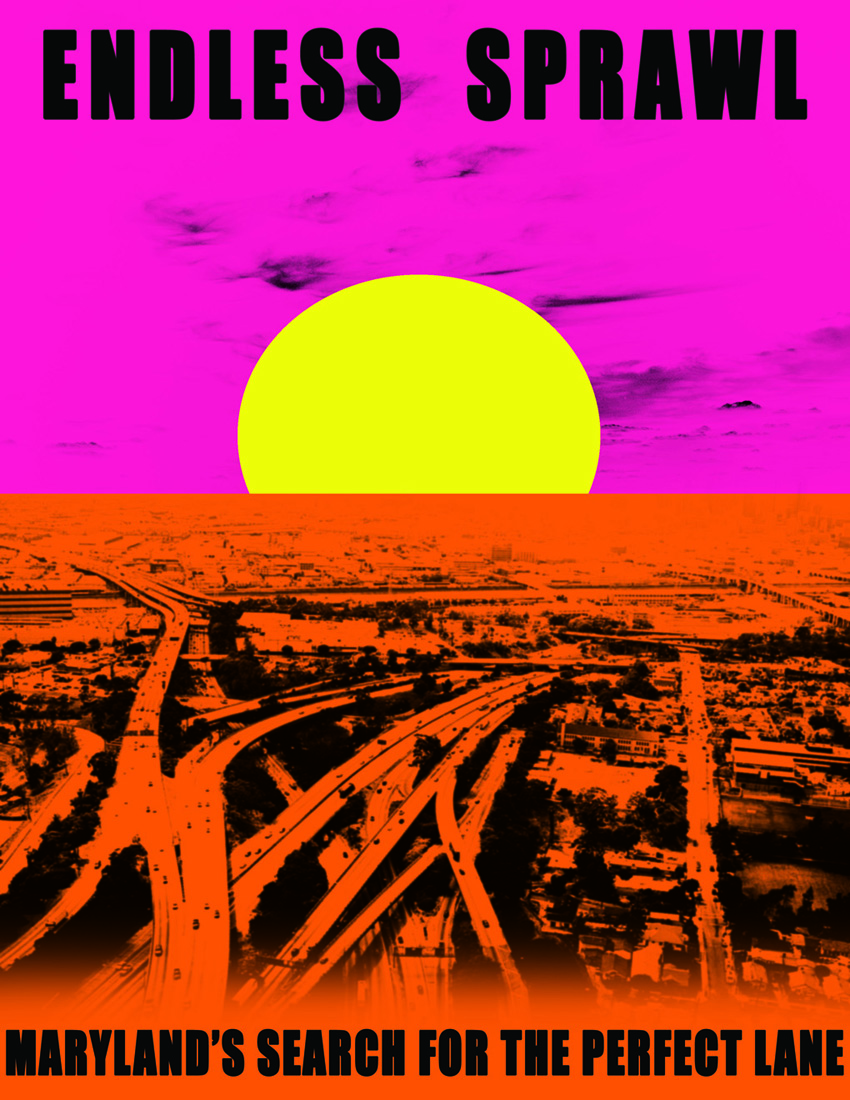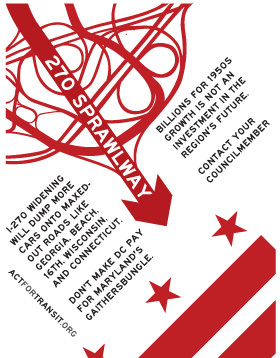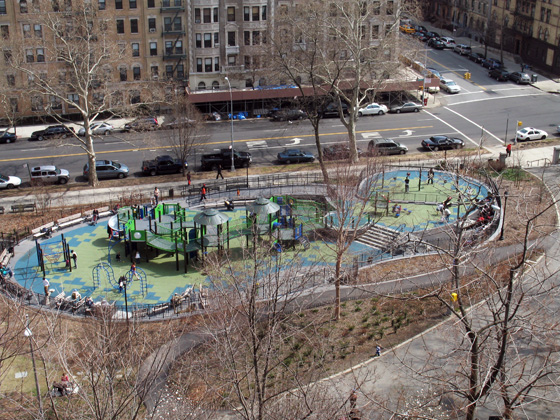

Did you know that the United States has signed bicycle routes? You didn’t? Yeah… don’t feel bad, nobody else seems to know about them, and I only stumbled upon them trying to do this month’s Wikiglean. Obscurity notwithstanding, two bike routes do exist and the legal framework is still around – and right now is just the time to breathe life back into the system and make them serious transit.
Back in the 1970s, after the shock of the Oil Crisis, planners – AASHTO even – had the forward idea of determining and assigning interstate bike routes. Primarily meant for low-traffic roads or dedicated trails, the routes were to connect cities for touring purposes. However, by 1982, only two routes had ever come into being, and so the system went the way of the DMC-12. But conveniently for Washingtonians, the two existing trails currently run through Virginia and one is poised to benefit the Washington Metropolitan area.

But what is more interesting in terms of architecture is how the playground was developed: It’s a really good example of both community involvement and responsive government. The new, complex playground is a drastic improvement over the grimy 70s play yard it replaced, but the process took nearly a decade. In 1999, the Friends of Morningside Park began surveying residents, including those with children and those that wanted children, about what they wanted. They took that information, developed a master plan to restore and improve Frederick Law Olmsted’s original design. Using this plan, the neighborhood worked with the City through long-term activism to eventually get it built.
The whole process took ten years and a lot of gentrification happened in that time, but it’s still a great reminder of what is possible if a community organizes to make their common environment a little better. I think, like any good urban space, the results speak for themselves, so do be sure to go up and see it when you’re up in New York or have a look at some of the pictures in the linked blogs.